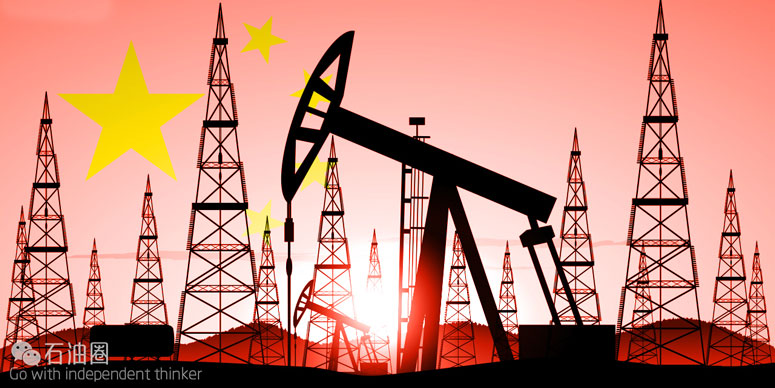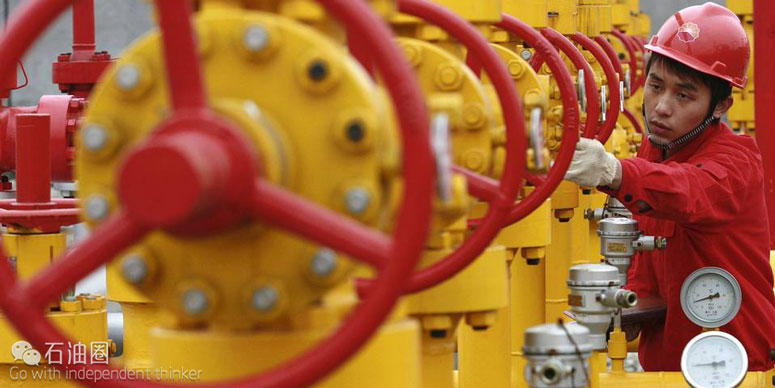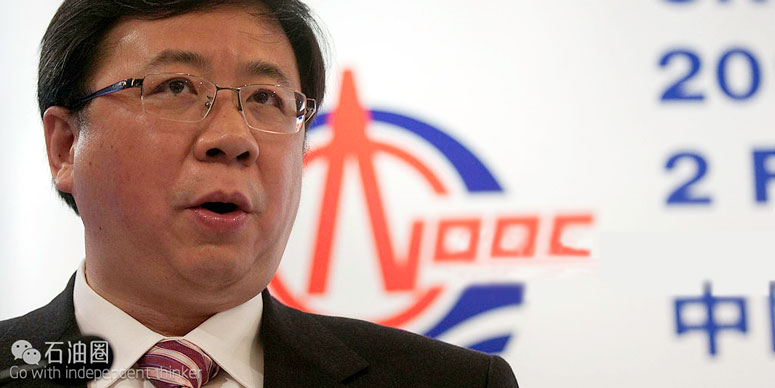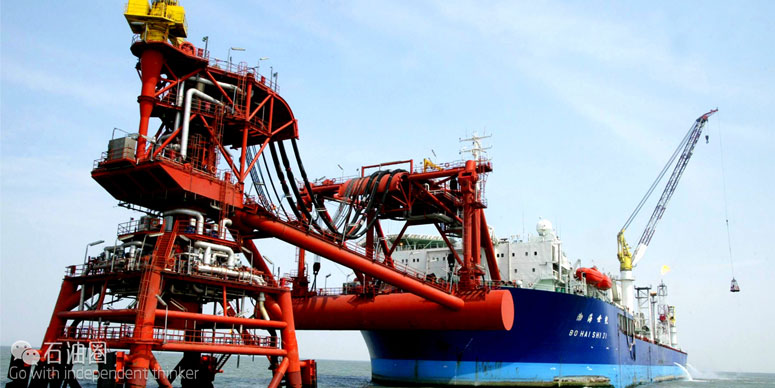As a growing superpower, China exercises large influence on global industry. And while its diminishing rate of demand for oil and commodities has had wide economic impact, the country remains crucial to the energy sector.
Is China a big deal for the oil industry?
Absolutely. China is the second-largest crude oil importer in the world and in recent decades has become a key buyer for the industry. Strong economic development has led to rapidly increasing energy demand, and China’s thirst for petro carbons has underpinned demand worldwide. Whilst growth is slowing, it is still rapid by global standards, with an expected growth of 3.1% in 2016.
But the country does not simply consume. China is also the fourth-largest crude oil producer in the world and crude oil production hit 4.7 MMbpd (million barrels per day) in 2015. The capacity of China’s commercial oil reserves was 315 million barrels at the end of 2015.
What’s the state of the industry?
China’s oil industry has its origins in the 1950s, where the industry became a key pillar of Mao Zedong’s centrally planned economy and quickly developed ambiguous relationships between party, state and industrialists. Significantly, a political focus on energy independence led to a suspicion of imports, whilst the rise of the industry was accompanied by the rise of an influential ‘petroleum faction’.
China’s liberalisation reforms in the 1970s and 1980s were accompanied by energy reforms that led a more complex and diversified oil industry, and the creation of the country’s first national oil companies. This period also saw attitudes thaw towards foreign investment, with international companies allowed to cooperate with local firms. In the 1990s and 2000s, continued economic development increased demand further, meaning that China had to turn to imports to meet its energy needs.
However, the Chinese oil industry’s long history of entanglements with its politics meant that it has consistently been plagued by corruption and interference. When President Xi Jinping came to power in 2012 he began wide-ranging and long-running crackdown on corruption in the industry, which unavoidably also caught a number of key figures in the industry. The fallout of investigations was substantial, as overseas mergers and acquisitions ground to a halt for two years, whilst companies where paralysed by the turnover of key personnel.
The collapse in the global oil price has also dramatically reduced profits and created an appetite for reform. This was accompanied by a liberalisation of oil and has import rights, which has seen independent non-state refiners apply for quotas to use imported crude oil.
What about the North Sea?
When it comes to the North Sea, China is now the largest crude oil operator in the region having taken control of some of the largest oilfields. China National Offshore Oil Corporation (CNOOC) has a 43.2% interest in the Buzzard oilfield, one of the largest oilfield in the North Sea, and a 36.5% interest in the Golden Eagle oilfield, making the company the largest crude oil operator in the North Sea. Nexen, a CNOOC subsidiary, is one of the largest oil producers in the UK North Sea, generating an average of 320,000 boe/d in 2015, which helped deliver 10% of the UK’s energy needs.
And thanks to cuts brought in by former Chancellor George Osborne, CNOOC received a tax credit of £361million last year, compared with a charge of £2.5billion in 2014.
China has moved to dominate British oil production in what experts have described as an exercise in “soft power” as Beijing expands its global role despite the price downturn.
There is also the fact that about 2 million barrels a day of the oil China imports is based upon Brent crude oil prices and so a rise in Brent prices by $1 a barrel pushes China’s oil import bill up by $720m a year. There is therefore a clear incentive for China to boost production in the region as the more oil China can squeeze out of the North Sea, a key determinant of the Brent crude oil price, the less the country has to pay for its oil.
What does the future hold for Chinese oil?
Low oil prices have meant Chinese NOCs are now under increasing pressure to reduce margins and play a larger role in global markets.
Typically, operators have always responded to low oil prices by scaling back production and yet a consistent focus on energy security and the importance of self-sufficiency has meant that Chinese operators have historically always been unwilling to cut production. However, in recent months both PetroChina and Sinopec, Chinese NOCs, reported declines in oil production in the first half of the year while China’s third oil major, CNOOC, has told analysts it will likely cut output by as much as 5 per cent this year and capital spending by 10 per cent. It shows that even with the backing of a strong economy, every company is susceptible to the economic downturn and needs to think about measures to make their projects commercially viable. There is therefore the opportunity for these relatively new players in the North Sea to collaborate with suppliers in order to improve efficiency and optimise businesses processes.
Like CNOOC and Nexen, io believes in the future of the North Sea and encourages further collaboration and investment within the region. We are already working in partnership with operators, contractors and governments in other geographies to investigate the benefits that shared and 3rd party owned/operated infrastructure could bring to projects in those areas. By understanding the behaviours and strategies of companies from superpowers like China, operators will able to align with this commitment to the North Sea and therefore maximise work on the UKCS and across the globe to transform working practices in the upstream industry.


 石油圈
石油圈



